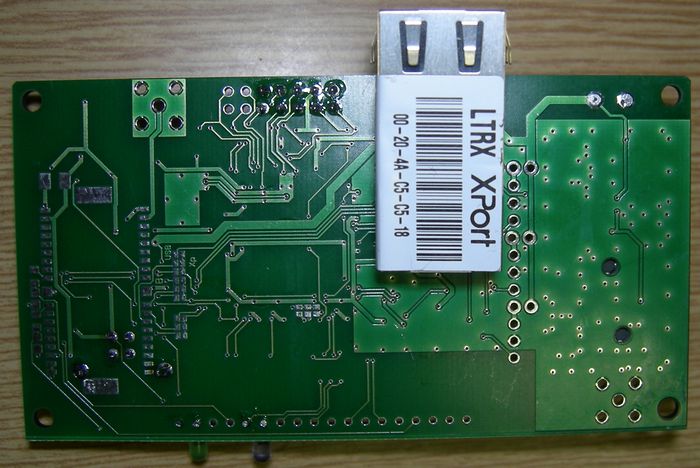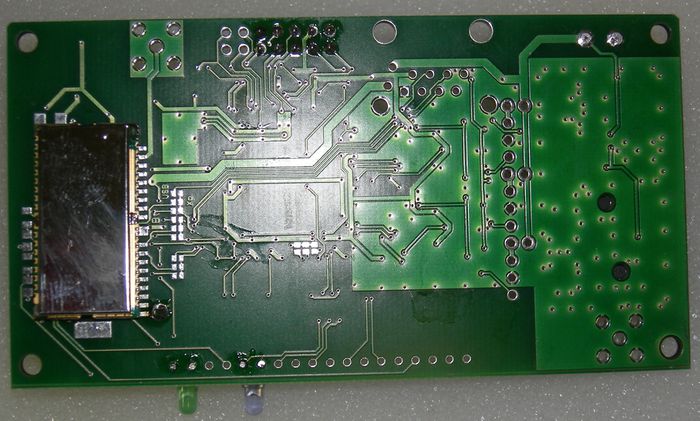Mode-S Beast:Interfaces
USB - Serial over USB
Todays standard for any device's connection to a PC is serial over USB. There are plenty of devices where the user even does not recognize that the actual transmission is just a simple serial interface. The major advantages are:
- The PC software can easily handle all incoming data
- Several device can be connected, unlimited by the actual number of ports directly supplied by the PC
- The device power can even be supplied from the USB port, so no external power is needed
The Mode-S Beast uses this mode as its basic mode to communicate with the PC. For this purpose a FT232R serial to USB converter is installed on the board. I did not implement the USB interface into the FPGA because that would have required a lot of driver work, and the FT232R is one of the most common devices for that purpose, so it has the highest compatiblity level. From my PICADSB design I only know 1 user who had unexplainable problems installing it on his PC.
Ethernet Interface
As one option, a Lantronix Xport can be installed on the back side of the board. This enables you to transfer the data on LAN to the PC that hosts the GUI. Two requirements need to be mentioned:
- You must close the solder bridge for TX-Data towards XPport (Always done before delivery, and no longer needed in HW V1.1 or later)
- Data rate must be set up to 921600 Bit/sec
- If used standalone, you need to provide external 5V/1A to the Mode-S Beast
The Lantronix Xport is a very versatile unit with a lot of configuration options, which will be shown later. Basically there are two suggested ways how to install it:
- TCP mode, using Lantronix COM Port Redirector, which results in a COM port on the PC which can be accessed by Planeplotter in the usual way.
- UDP mode, directly interfacing into Planeplotter. This requires setting the DIP switch for Planeplotter UDP Input Format.
More about this in its own chapter.
Bluetooth Interface
A further option is the Bluetooth interface using a standard BTM-222 Bluetooth driver. This mode is quite useful if ever there is an GUI application for example on mobile phones, Android devices, PDAs, Windows CE machines or whatever. For example, as a plane spotter or while travelling and staying at an airport, you may have the Mode-S Beast hidden in your bag while receiving the data to your GUI device over Bluetooth.
Major steps to bring it into operation:
- You must close the solder bridge for TX-Data towards BlueTooth (Always done before delivery, and no longer needed in HW V1.1 or later)
- Data rate must be set up for 115200 bit/sec or 230400 bit/sec
- If used standalone, you need to provide external 5V/500mA to the Mode-S Beast
- The RF receiver part of the Mode-S Beast must be extra screened to maintain performance
- The Bluetooth antenna must be installed externally. A standard connector is provided for this purpose, and simpleWLAN antennas can be used here.
- Two extra LEDs are foreseen to indicate the Bluetooth status.
Bringing that into work is a little bit complicated because the BTM-222 must be initialized first using a PC (the solder bridges must be in a special mode therefore), and just then it becomes connected to the Bluetooth host. One of the inital 8 samples of the Mode-S Beast is equipped with Bluetooth, and I will add the step-by-step documentation once a user asks for this interface option.

